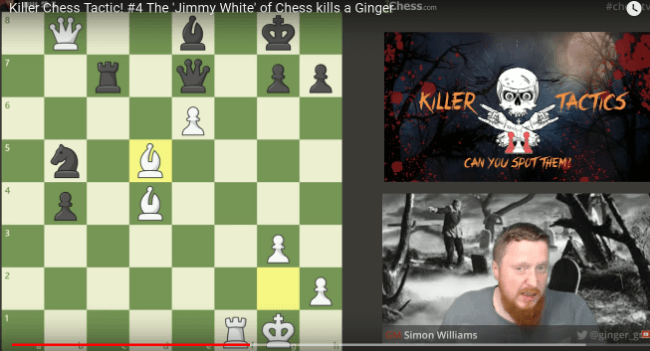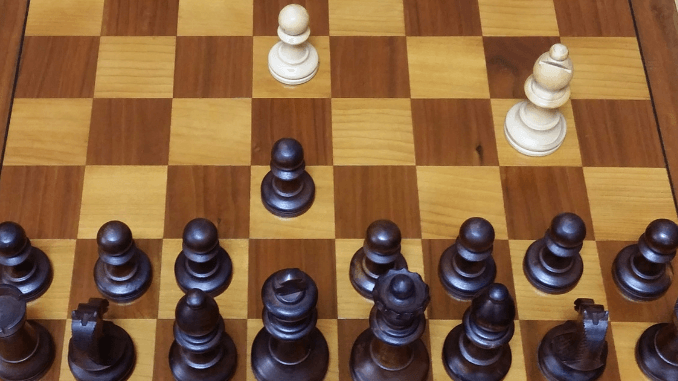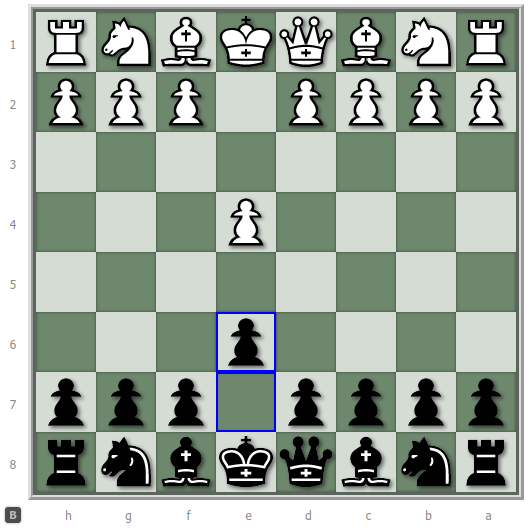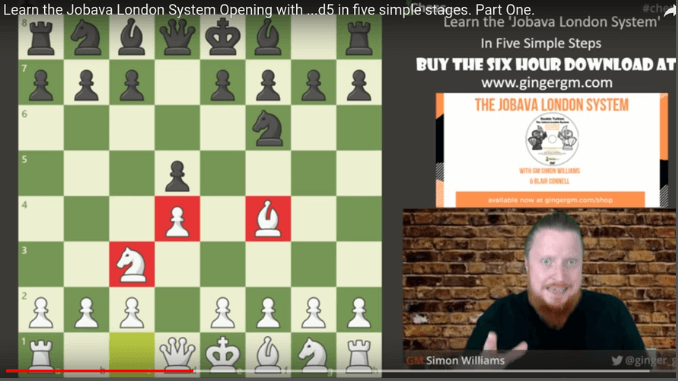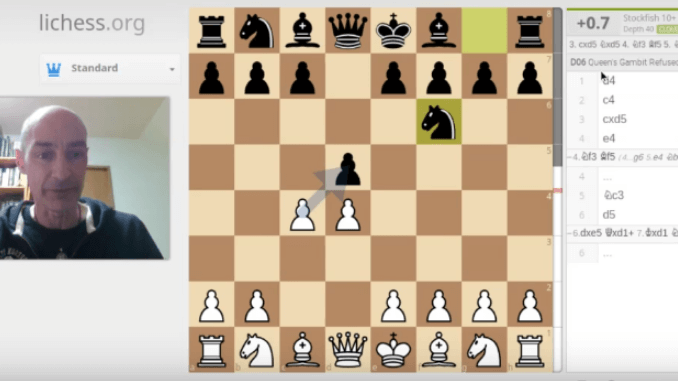
If there’s ONE Easy Chess Tip I’d like to impress upon you it is this: When you are playing as Black against a d4 opening, do NOT go for the Marshall Defence!
Just a quick recap… The Marshall Defence occurs when Black moves his Knight to f6 on the second move in this sequence:
- d4 d5
- c4 Nf6
It is an inferior defence that poses no problems for White. Indeed, against an experienced player it practically guarantees that Black will never gain parity, will fail to gain control of the centre and will most likely go on to lose the game.
Yet, the Marshall Defence is a relatively common response to the Queen’s Gambit in casual chess games, probably because it seems to make sense to develop a Knight early on, and a Knight on f6 is at least defending the d5 pawn.
Continue Reading